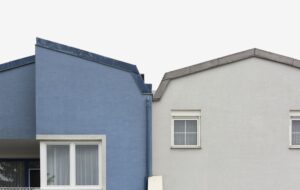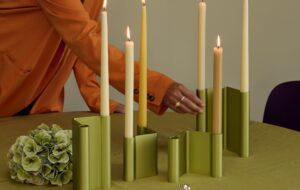|
image: Zara Atelj |
||
|
The Daily Pattern is a research project by textile designer and graduate of the Basel Arts School, Zara Atelj. Fed up with the “meaningless and purely aesthetic” aspect of textile design, Atelj is searching for a new visual language for the information age. She believes that, much as we are surrounded by fabric, “from the clothes you wear, to the bed sheets you sleep under,” we are also surrounded by information, a constant flow of data, which can be overwhelming. “It is a very interesting field because it hasn’t actually been touched yet,” Atelj says of her research. At first the method was low-tech, collecting and cutting up newspapers to create collages but, realising that we get more and more of our information through non-printed sources, and inspired by the work of graphic designers, she began to develop more high-tech solutions. In Word Count, “the computer programme takes information from English speaking newspapers and calculates the most used words,” she explains. This text-based output can be converted into Braille or barcode to create abstract patterns. In Flag, a country’s national flag is printed in correlation to how many times it is mentioned in the news. These, Atelj argues, give “a good feeling of what was happening in which country in a certain period” while remaining visually striking. These patterns would be ink-jet printed directly onto the fabric, which could be used for anything from curtains to clothes. The idea is that the designs change on a daily basis, “without having to design every pattern by hand”. The computer updates the design as the news changes – a kind of fabric ticker-bar. In this way, each finished piece becomes a time capsule, capturing a specific moment. But her aims are bigger still: “It would actually change the whole idea of mass-production, you could produce unique pieces without the amazing effort.” Atelj’s designs are both beautiful while having what she calls “deeper, hidden meanings”. In the Daily Pattern, Atelj turns the bed, arguably the last refuge from our information saturation, into a data depository. Tucking ourselves in at night becomes a metaphor for the information bubble. As Atelj says: “Even with the bad news, you can sleep well.”
image: Zara Atelj
image: Zara Atelj |
Words Duncan Marsden |
|
|
||

















